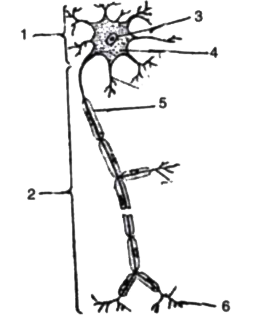Study the figures (A) and (B) given below and answer the questions that follow:

What could be the likely reasons of new variations arising in the population?
When individuals of a population enter new zones with different habitats, individuals in each zone evolve separately into new species, splitting the population into many separate species.
Topper's Solved these Questions
- EVOLUTIONBOOK - ICSECHAPTER - EVOLUTIONEXERCISE - PRACTICE QUESTIONS (Very Short Answer Type Questions)
58 Videos
- EVOLUTIONBOOK - ICSECHAPTER - EVOLUTIONEXERCISE - PRACTICE QUESTIONS (Short Answer Type-I Questions)
18 Videos
- ENVIRONMENTAL ISSUESBOOK - ICSECHAPTER - ENVIRONMENTAL ISSUESEXERCISE - COMPETITION CORNER (ASSERTION AND REASON TYPE QUESTIONS (FOR AIIMS ASPIRANTS))
9 Videos
- HUMAN HEALTH AND DISEASE BOOK - ICSECHAPTER - HUMAN HEALTH AND DISEASE EXERCISE - COMPETITION CORNER (OBJECTIVE TYPE QUESTIONS) (Assertion and Reason Type Questions (For AIIMS aspirants))
28 Videos
Similar Questions
Study the figure given below and answer the questions that follow :

Identify the gas Y.
View SolutionStudy the figure given below and answer the question that follow :

Identify the gas Y.
View SolutionStudy the diagram given below and answer the questions that follow :
What is emulsification?
View SolutionStudy the picture given below and answer the questions that follow:

What are Vertebrates?
View SolutionStudy the figures (A) and (B) given below and answer the questions that follow:

Who suggested Natural Selection as a mechanism of evolution?
View SolutionStudy the picture given below and answer the questions that follow:

Identify the organism
View SolutionStudy the diagram given below and then answer the question that follow :

Identify the cell.
View SolutionStudy the picture given below and answer the questions that follow:

Explain the term .Mouting..
View SolutionStudy the picture given below and answer the questions that follow:

What is its exoskeleton made up of?
View SolutionStudy the picture given below and answer the questions that follow:

Name the phylum it belongs to.
View Solution
